I designed it because I took part in the HackadayPrize2018 Power Harvesting challenge with a 1x1 inch Tiny Solar Energy Module and found a lot of interest in selling it. However since most projects have different power demands and people want to choose their own solar panel, I decided to remove the onboard solar cells.
This board is special because it integrates maximum power tracking, Li-ion battery charging and two regulates outputs in a tiny and easy to integrate board. There's is no other board with so little passive components.
Ideal for indoor applications
The AEM10941 harvesting IC is very suitable for indoor applications because it has an ultra low power startup. The boost converter starts at a very low 380 mV input voltage and 3 uW input power. The IC gets most power out of the solar cells by doing MPPT maximum power point tracking every 5 seconds.
Specifications
- PCB 2 layers (0.8 x 0.6 inch)
- solar input voltage 50mV to 5V
- ultra low power startup 380mV/3uW
- solar input current max 110mA
- MPPT every 5 secs, MPPT set to 70% (adjustable)
- Battery: connect your 3.7V Li-Ion battery
- 3.3V/80mA and 1.8V/20mA regulated outputs. These are enabled when battery voltage is between 3.60V and 4.12V (max charge voltage)
- battery reverse voltage protection
- 3.3V status output pin that warns the host MCU if battery voltage drops below 3.60V

 Jasper Sikken
Jasper Sikken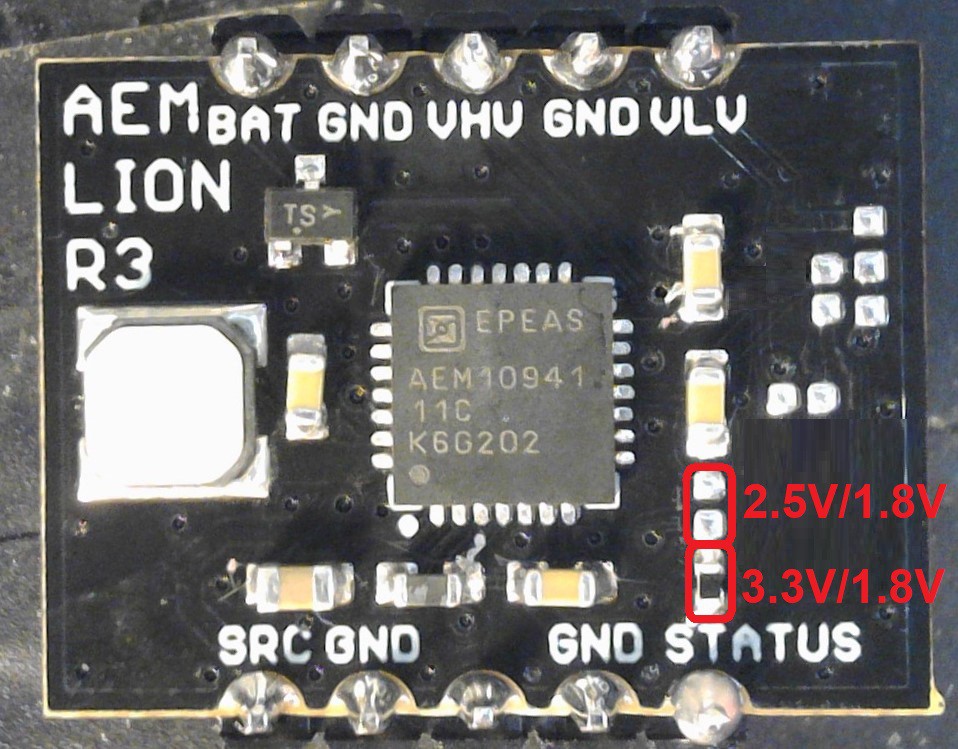


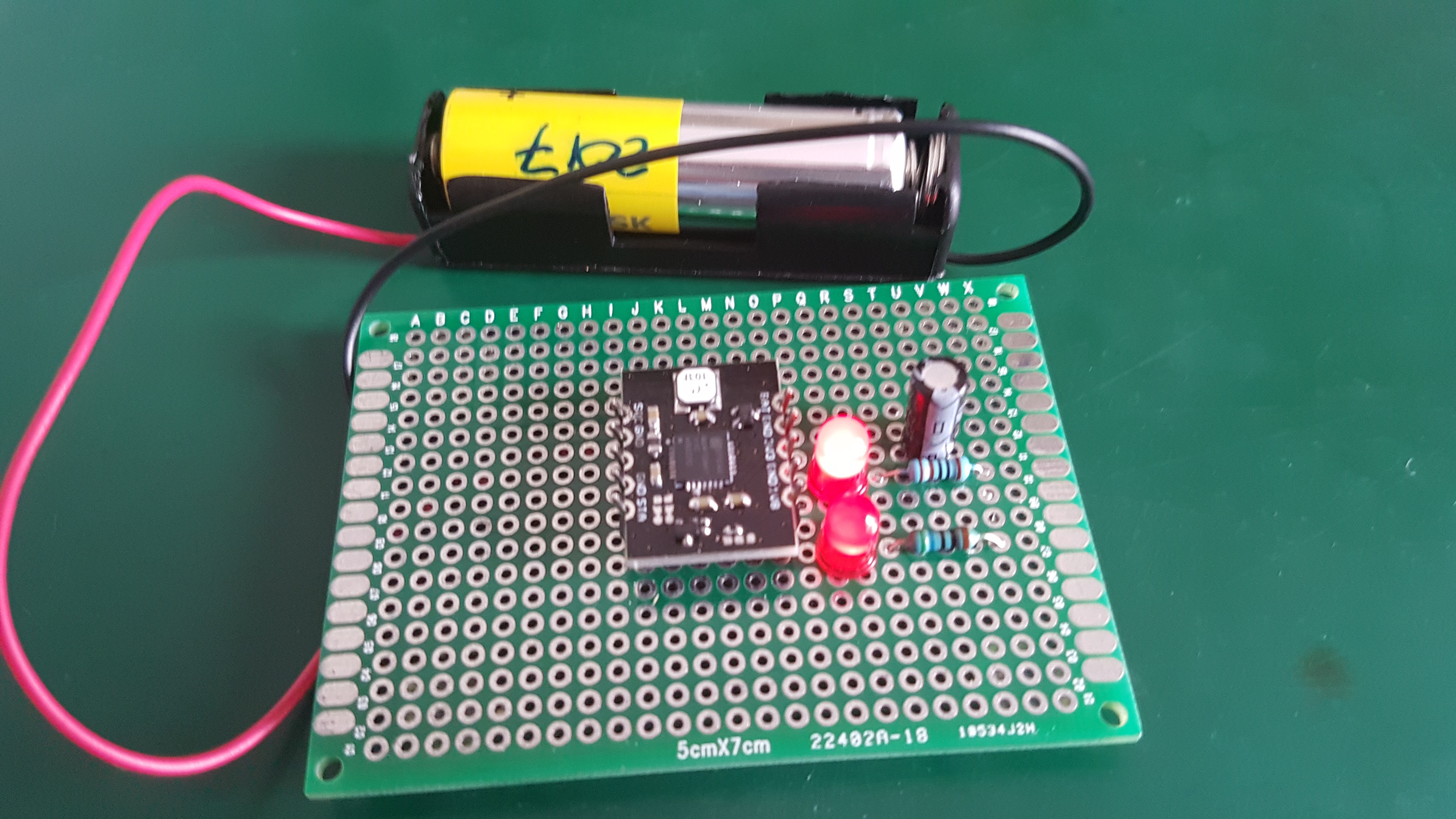
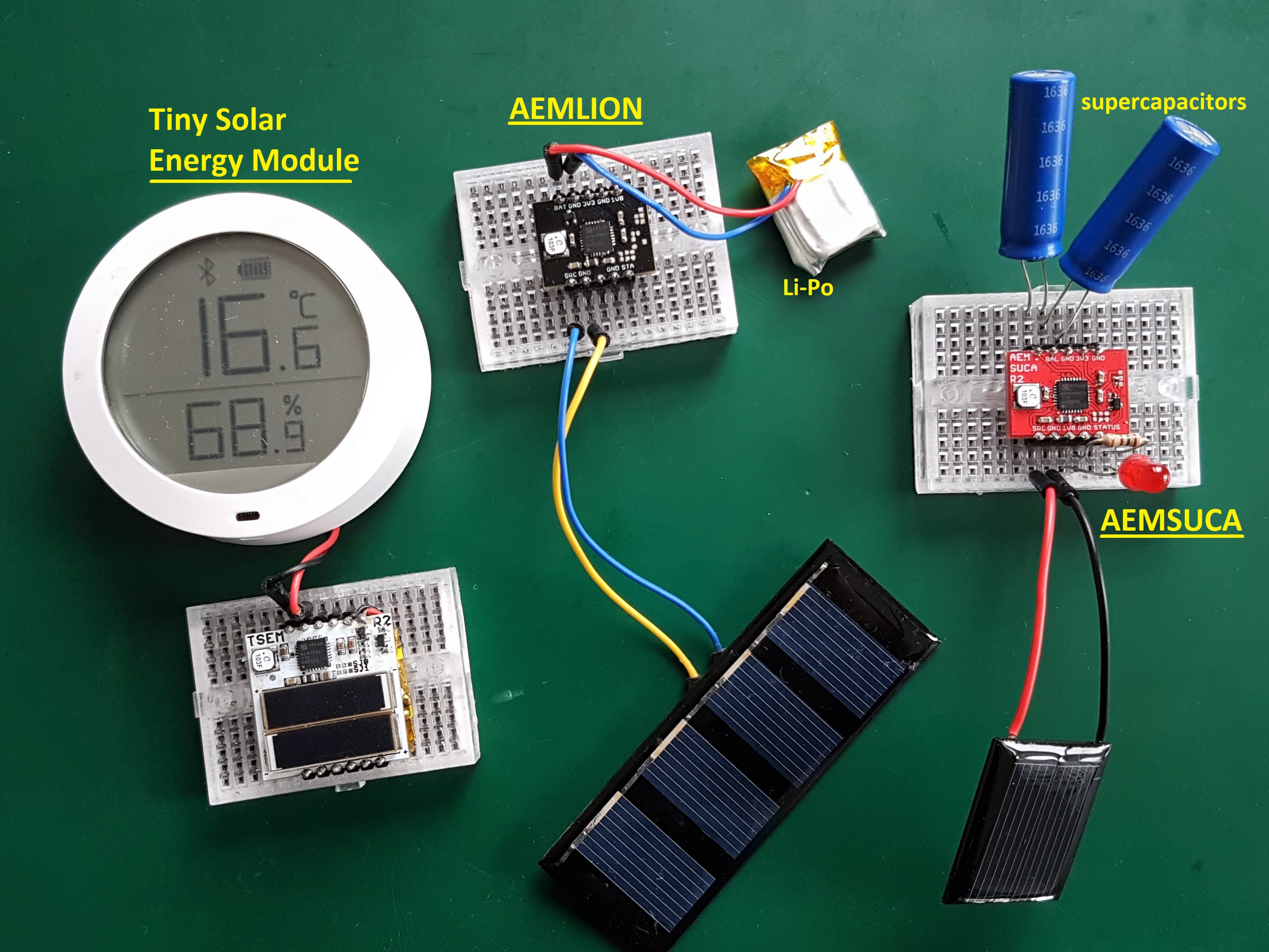
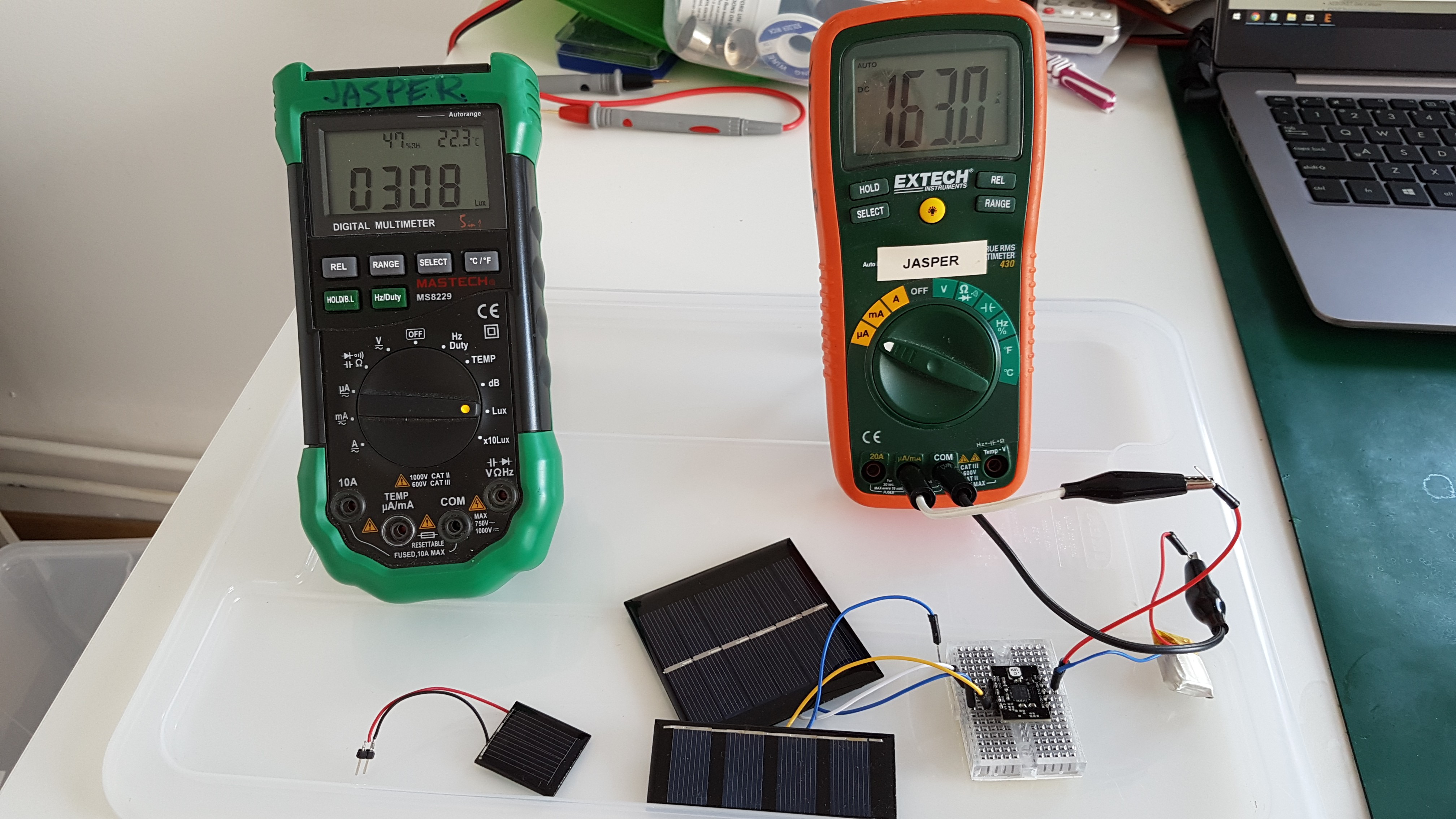
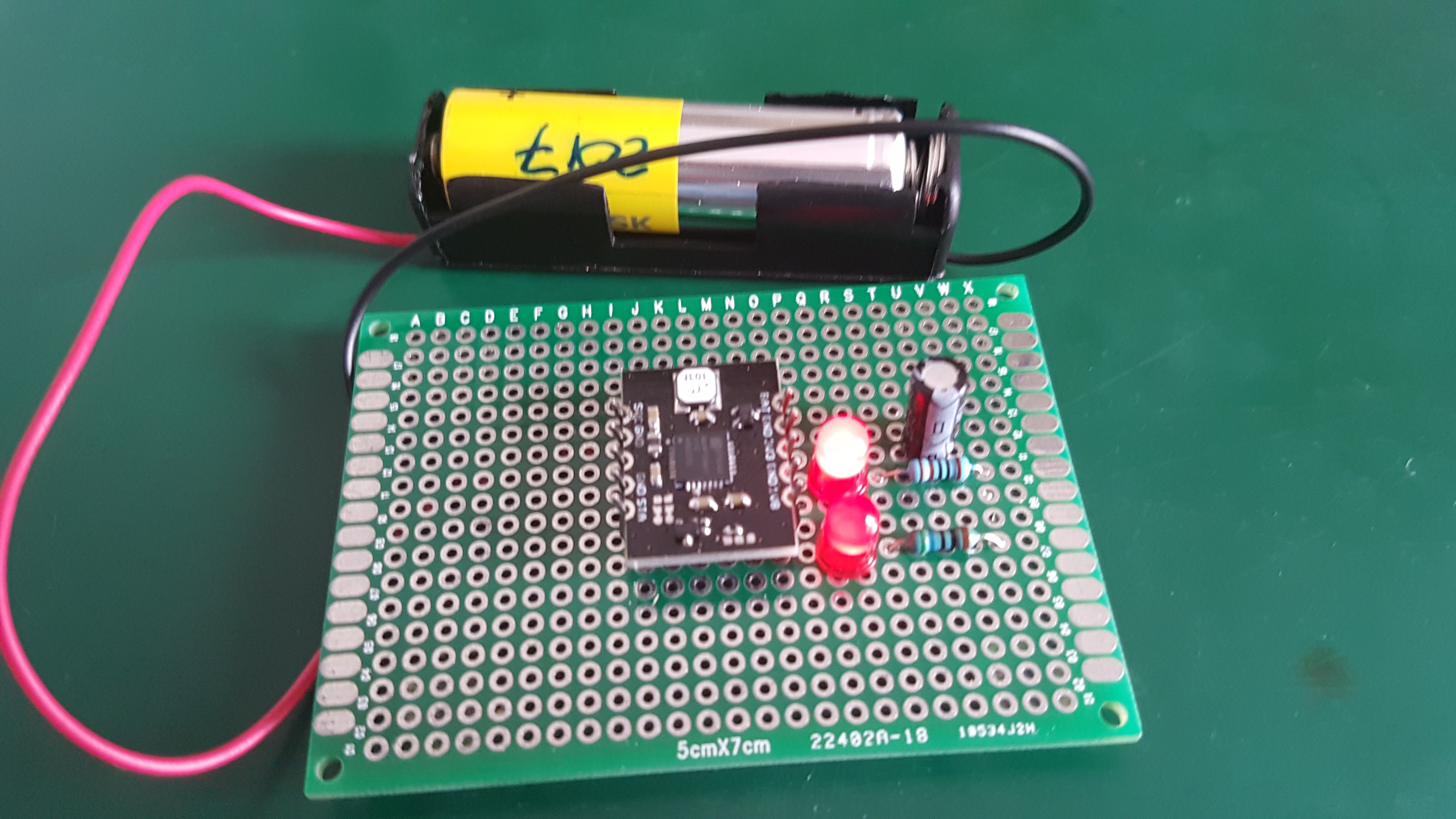






 Justin Maynard
Justin Maynard
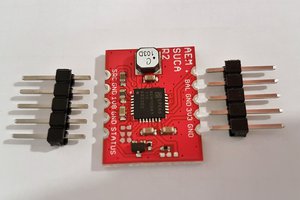
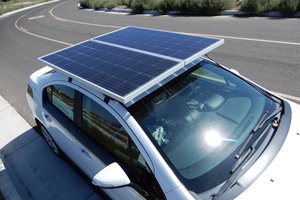
 Real Solar Cars
Real Solar Cars
Between all the solar harvesters we sampled for work (most of them from China though), this one worked by far the best!